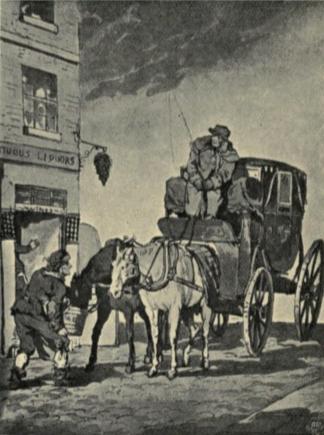Wow! Just wow! Is all I can say. If you do not understand this poem, or nothing about it resonates with you, allow me to translate. Imagine: it’s 3am, and you hear the loud crash of someone who has broken into your home. There is more than one of them, they are coming through doors, windows, sky-lights. They are bearing guns, batons, stones, chains. They snatch you and your family out of bed and force you outside. You look up and down your street and see all your neighbors outside, screaming, crying. Children in one section, mothers in another, and fathers in another. They separate you and your family in the same fashion. They force the fathers to watch as they violate their wives and daughters. They say to sons, “Your father cannot protect you, he can’t protect your women, he can’t even protect himself!” Then, when they are done violating, killing, and battering the many people in your neighborhood, when they feel they have “made their point”—whatever point that is—they ship you all off in separate directions. They don’t care where you go, or what happens. They don’t care if you die, but you are worth more alive—so they won’t kill ALL of you. That’s bad for business. They take you to a new place, where you do not know anyone. You are a million miles from home, from family. You do not understand this new tongue. You are stripped naked and inspected (from head to toe) by other human beings, just like you, but a different shade. And you are given a price tag. You are bought and sold and bought again. You are forced to work tirelessly, until you physically can’t—you are at their service, whatever service they require. Where is your voice? Imagine, after all this, after a few decades, they release you in the middle of nowhere. They release you into a society that is not your own, and tell you to go back to where you came from, as if that were even an option. That place is not the same home you left. The people are different, your home is not there, you wouldn’t even know where to go if you could. You have been uprooted, assaulted, shipped off, sold, insulted, degraded, and nearly-broken. Are you still with me? All this, and those who did this to you, play the victim—as if it hurt them to starve, rape, whip, work, shoot...I mean lynch your families. They play stupid, like they don’t know what you’re talking about, like what you went through, was simply a bad dream, or a horror film played for Halloween. Now, imagine those few decades were 400 years. How would you feel?



